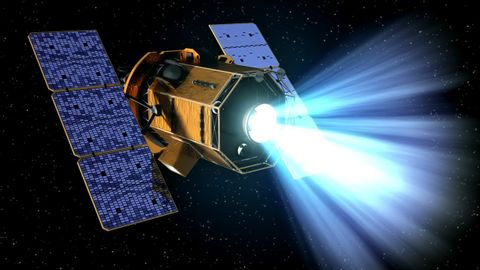
Subtitles & vocabulary
Cosmic Journeys - Reinventing Space Flight
00
Wonderful posted on 2014/04/19Save
Video vocabulary
charge
US /tʃɑrdʒ/
・
UK /tʃɑ:dʒ/
- Verb (Transitive/Intransitive)
- To run quickly toward someone to attack them
- To ask for money as a price for a service or goods
- Noun (Countable/Uncountable)
- An attack by running quickly toward someone
- A price for a service or goods
A2
More fuel
US /ˈfjuəl/
・
UK /'fju:əl/
- Transitive Verb
- To give power to (a mob, anger, etc.); incite
- To provide gas or petrol for something
- Uncountable Noun
- Material used to produce heat or power when burned
A2TOEIC
More system
US /ˈsɪstəm/
・
UK /'sɪstəm/
- Noun (Countable/Uncountable)
- Set of organized, planned ideas that work together
- A set of principles or procedures according to which something is done; an organized scheme or method.
- Adjective
- Working in an organized, logical way
A1TOEIC
More space
US / spes/
・
UK /speɪs/
- Noun (Countable/Uncountable)
- Empty area kept for a specific reason, like a car
- Empty area with nothing in it
- Transitive Verb
- To make a certain distance or time between
A1TOEIC
More Use Energy
Unlock All Vocabulary
Unlock pronunciation, explanations, and filters
